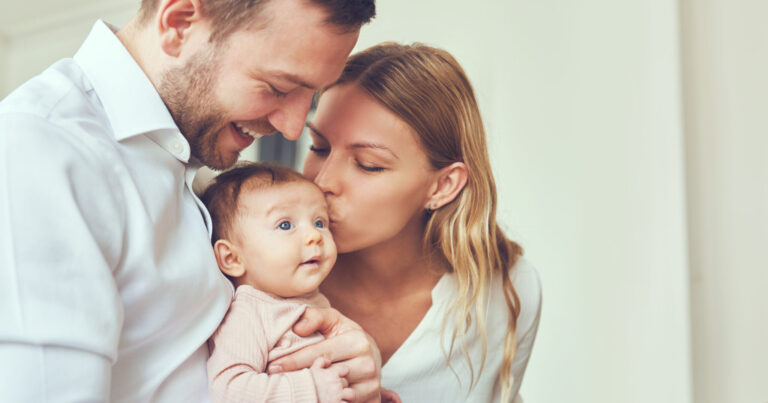Bringing home the newest member of your family is an incredibly exciting time, but it can also be quite confusing. First time parents, in particular, may struggle with finding accurate information about how to ensure that their little one is safe and happy.
Sleeping arrangements in particular come with a lot of different advice that often contradicts other things you may have heard, so it can be hard to find a way that's safe for your little one to sleep.
The below tips are designed to help combat this and are broken down into sections for easy reference.

